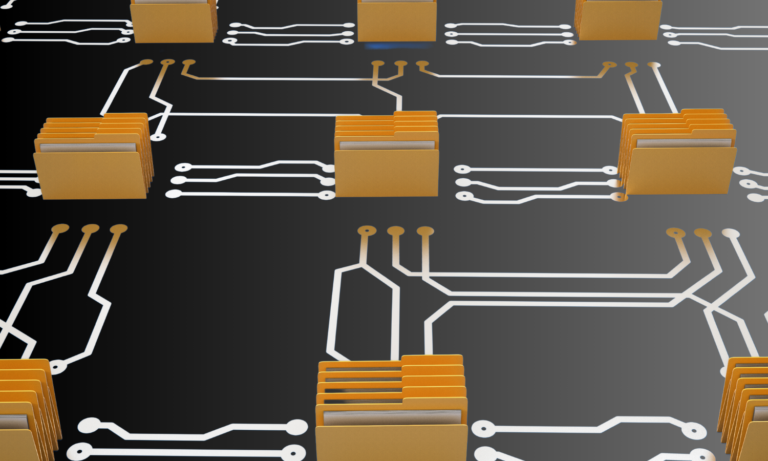"Thanks to Logic Technology and Tuxera, we were able to implement an embedded data management solution, which assist us in our mission to provide reliable oceanographic data, to help cast light on the working of the world’s oceans."
Increase Reliability
From vulnerable to adaptable
Reliability is an essential part of your product and your SDLC. By making your product reliable, you minimize downtime for your users and prevent costly repairs. Using the right hardware, software tools and software components makes your product more reliable and also, easier to certify.
A reliable product must perform in all conditions, especially when a product is mission- or safety critical. Mission- and safety critical applications must withstand even the most extreme requirements. From outer space to medical usage, creating a product that is reliable and secure can be a challenge. Our solutions help you overcome these challenges.
Successful Projects
– Sven Nylund
Senior Development Engineer at Nortek AS
"We successfully launched our Industrial Notebook with Insyde H2O UEFI Framework. Thanks to the whole INSYDE and Logic Team for their excellent support during the whole development!"
– Rolf Köppel
Manager Firmware Development Siemens A&D
Tools for Reliability
View all tools
Boundary scan is a method for testing interconnects on printed circuit boards or sub-blocks inside an integrated circuit.

Structural coverage analysis, also known as code coverage analysis, provides a measure of the extent to which software code has been exercised under specific test conditions.

Easily enforce the use of industry or company coding standards and guidelines best coding practices.
Knowledge Center
View all articles
Real-time database management systems for critical applications
Reliability is an essential part of your product and your SDLC. By making your product reliable, you minimize downtime for your users and prevent costly repairs. Using the right hardware, software tools and software components makes your product more reliable...

The Logic Solution for Nortek AS
Reliability is an essential part of your product and your SDLC. By making your product reliable, you minimize downtime for your users and prevent costly repairs. Using the right hardware, software tools and software components makes your product more reliable...




